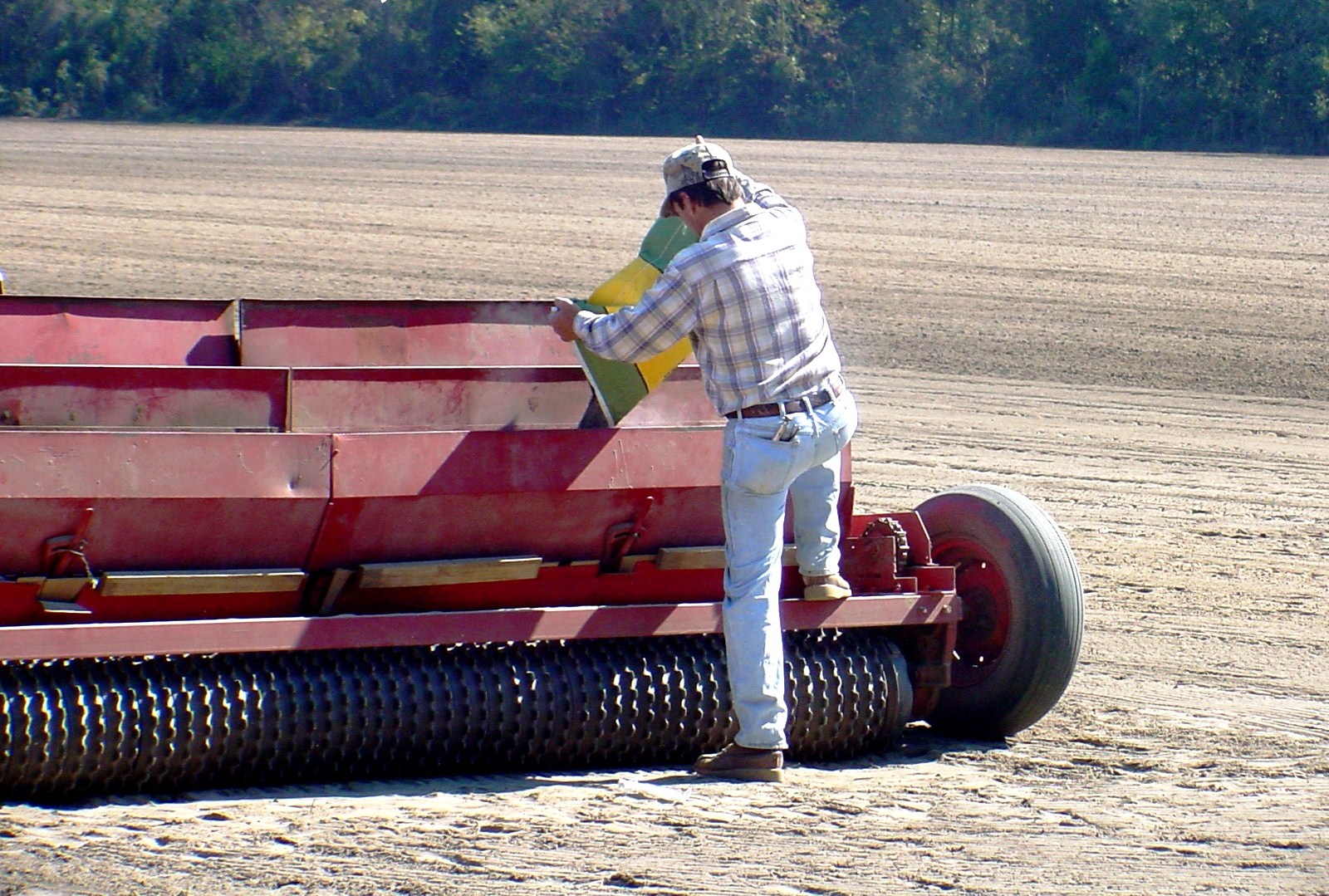
Dennis Hancock, UGA Forage Extension Specialist
How Late is Too Late?
I’ve been getting a lot of calls about late planting of winter annual forages. Because of how extremely dry we are, many question the logic of planting when there is not enough moisture for germination to occur. There just isn’t much that can be done if it doesn’t rain. As a former colleague often quipped: “If it don’t rain, it don’t matter.”
Many have asked: “When is the drop dead date when it becomes too late to plant?” Well, it (of course) DEPENDS! It depends on the weather, the forage species, and the planting method. But, as a rule of thumb, total seasonal yield drops off substantially when winter annual plantings are delayed past mid-November. Since we don’t have definitive data in this regard, I can’t give you an estimate of how much it might be. I would guess, however, that failure to have a good stand before going into the winter would result in 20-50% yield loss in annual ryegrass, rye, and wheat, with rye and wheat being most affected. Yield loss in oats may be even greater, so I would not recommend late oat plantings.
I definitely understand the logic of waiting to plant until rainfall is likely, and I certainly sympathize. Nonetheless, we also know that the seed doesn’t do any good if it is still in the bag.
More information on late plantings of winter annuals can be found here: Late Winter Plantings of Winter Annual Forages
 0
0
